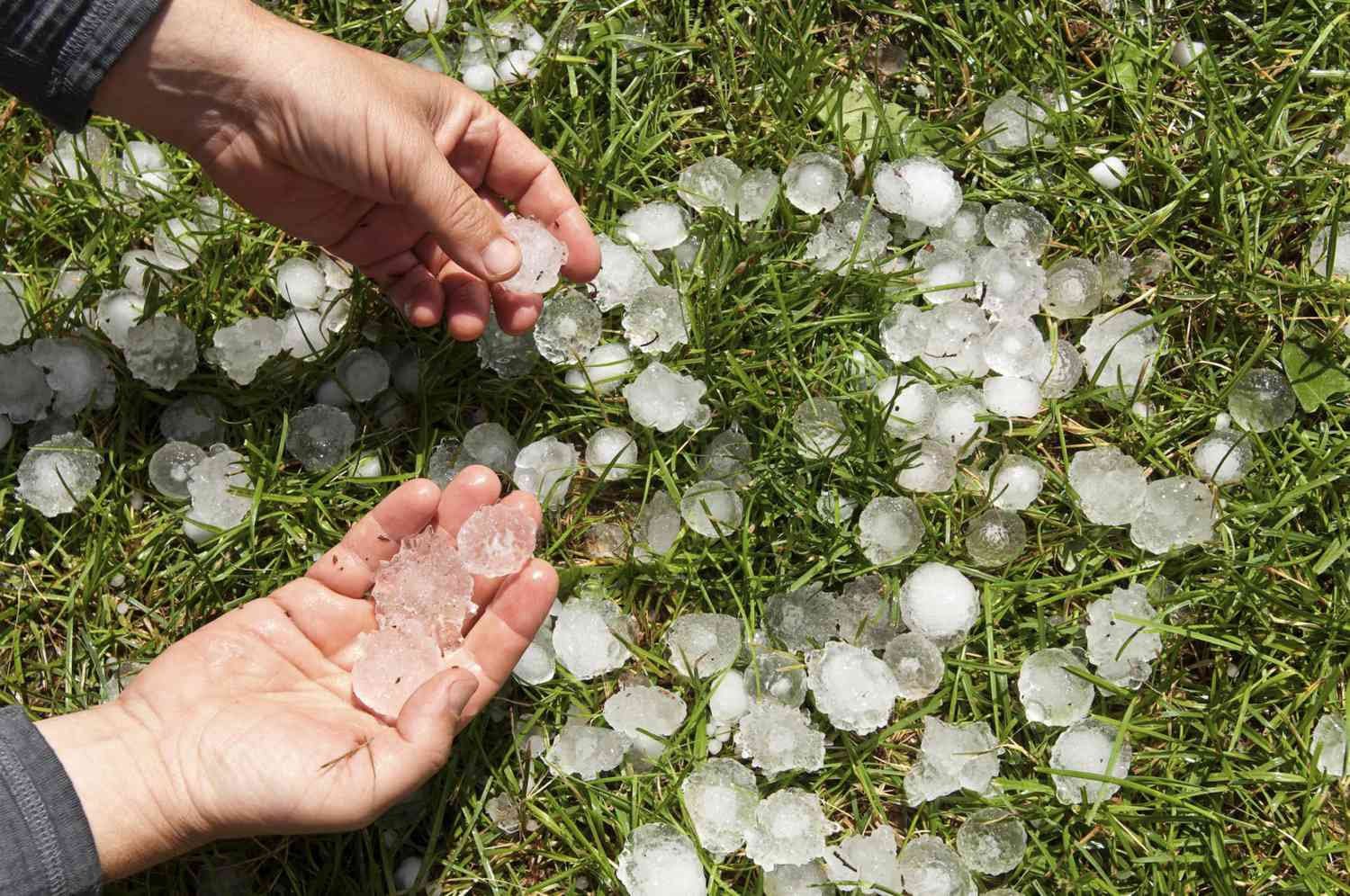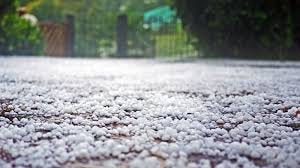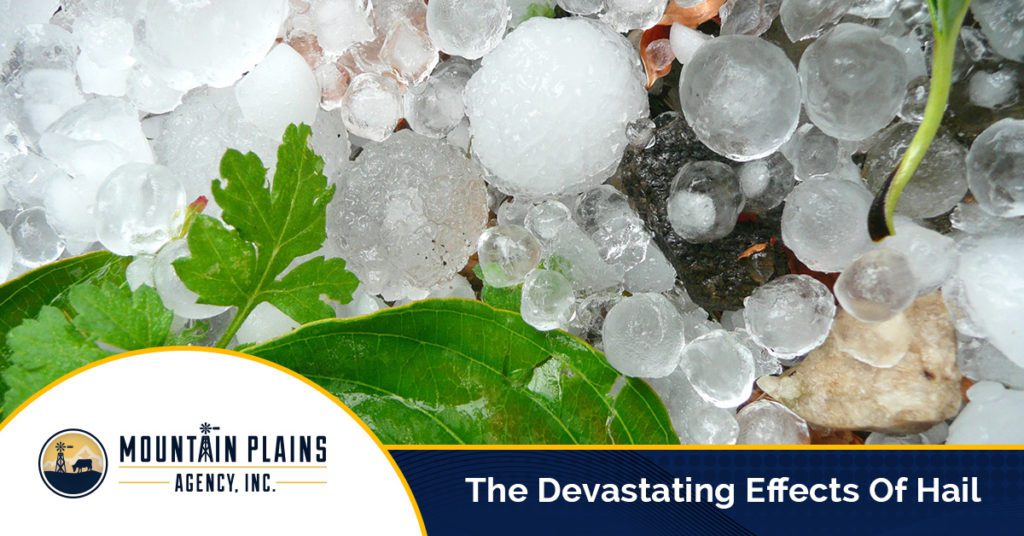The Devastating Effects Of Hail And 10 Facts About Hail- mountainplainsagency.com
There is no question about it — Northern Colorado has suffered a devastating summer in terms of weather catastrophes. In fact, the entire state of Colorado has seen record-breaking losses to homes and vehicles due to large hail and even several tornadoes. Auto body shops and insurance companies in Colorado have been inundated with countless hail claims from several hail storms this summer and will be facing the damages well into 2019.
At Mountain Plains Agency, we proudly offer the best auto insurance coverage throughout Northern Colorado. Our insurance agency also provides homeowners, business, commercial, life, and farm and ranch insurance. The team at Mountain Plains Agency has the knowledge, experience, and passion to help Northern Colorado residents live life with the peace of mind that their assets are safely protected. If you’re shopping for the best insurance coverage in Northern Colorado including Fort Collins, Greeley, Loveland, Boulder, Longmont, and Cheyenne, Wyoming, contact Mountain Plains Agency for a quote today!
The Damaging Effects of Hail in Northern Colorado

As summertime in Colorado is quickly coming to an end, it’s safe to say that the vast majority of our state will be relieved to not see another hailstone fall from the sky until next season. The summer of 2018 will go down in history books for producing record-breaking costs in damages. If you were fortunate enough for the hail to miss your property, you might be wondering what the fuss is all about. Despite the inconvenience of hail, it is incredibly damaging to our belongings, wallets, and our local businesses.
Here are 10 facts about hail and the reason why Citizens Of Colorado dread hail season:

The Bigger The Storm, The Bigger The Hail
Hail is typically pea-sized to marble-sized, but big thunderstorms can produce big hail stones. The storms from this summer produced hail the size of baseballs throughout different parts of the state. On rare occasions, hailstones can be even larger.
You Need To Take Cover
It’s a general rule to take cover during a thunderstorm because you never know when and where lightning will strike. But many people don’t realize that any storm that produces severe thunder and lightning has the potential to produce hail — and you don’t want to be caught outside when hail hits. It’s been reported that hail over a quarter inch in diameter can be fatal when wind speeds are excessive.
Follow The Forecast
If you’re new to Colorado, you’ll soon learn to follow the forecast throughout the day, rather than checking it once in the morning. The reason being is that the weather can change drastically with short notice. Stay prepared if you are in an area where severe weather is predicted.
Expensive Damage
From 2013-2015, Colorado had the second highest number of hail claims in the US, second to Texas. The costliest hail storm hit the Denver metro area just last year, sustaining $2.3 billion in insurance damage. Final numbers are still being reported for this summer’s hail storms.
Hail Formation
Hail forms in thunderstorms with strong updrafts that carry supercooled water droplets up to freezing levels in the upper atmosphere. These droplets freeze into ice particles and grow into hailstones by collecting more supercooled water droplets in a process known as wet growth.
Size and Damage
The size of hailstones can vary from small hail to large hailstones. On rare occasions, massive hailstones can break windows and cause serious damage. The largest recorded hailstone in the US was 8 inches in diameter, found in South Dakota.
Detecting and Reporting Hail
Severe thunderstorms and severe weather warnings often include the potential for hail. The National Weather Service and National Severe Storms Laboratory monitor hail threat levels and issue severe thunderstorm warning. Reporting hail accurately helps improve these warnings.
Hail Accumulation and Damage
Hail accumulates on the ground, creating hail swaths that can lead to crop damage and flash floods. In mountainous areas, the damage can be even more severe due to the terrain.
Understanding Thunderstorms
Most thunderstorms can produce hail, but severe thunderstorms with powerful updrafts are more likely to create large hailstones. Atmospheric instability and horizontal winds at higher altitudes also contribute to hailstone formation.
Protection Tips
To avoid hail damage, seek shelter during severe weather warnings. Avoid natural lightning rods like tall trees and open fields. Use emergency flashers if driving in heavy rain or severe weather.

We understand what Colorado residents need to protect themselves in a time of need. For over 13 years, Mountain Plains Agency has been providing farm insurance, as well as auto, business, home, and life insurance policies to Northern Colorado residents.
Contact our insurance agency today to learn more about our products!
FAQ: Understanding Hail and Insurance Coverage
1. What is hail and how does it form?
Hail forms in severe thunderstorms with strong updrafts that carry supercooled water droplets to the freezing level in the upper atmosphere. These droplets freeze into ice pellets or snow pellets and grow into hailstones by collecting more supercooled water droplets in a process called wet growth. The hailstone moves within the storm cloud, accumulating alternating layers of clear and cloudy ice, until it becomes too heavy and falls to the ground.
2. What are some interesting facts about hail?
Here are 10 facts about hail:
- Hail can range in size from small hail (pea-sized) to massive hailstones (baseball-sized or larger).
- The largest recorded hailstone in the US was 8 inches in diameter, found in South Dakota.
- Hailstones are composed of clear and cloudy ice.
- Hail swaths can cause significant crop damage and flash floods.
- Severe thunderstorms with powerful updrafts are more likely to produce large hailstones.
- Hailstones can fall at speeds exceeding 100 mph.
- Hail accumulates on the ground, creating dangerous conditions.
- The National Severe Storms Laboratory studies hail formation and damage.
- Hail alley, including parts of Colorado, sees frequent hailstorms.
- Most thunderstorms can produce hail, but severe thunderstorms are the most dangerous.
3. How can I protect myself and my property from hail damage?
To protect yourself from hail damage:
- Seek shelter during severe weather warnings.
- Avoid natural lightning rods like tall trees and open fields.
- Follow the forecast throughout the day and stay alert for severe thunderstorm warnings.
- Use emergency flashers if driving in heavy rain or severe weather.
- Park vehicles in garages or under covered areas to prevent hail damage.
4. What should I do if I encounter a hailstorm while driving?
If you encounter a hailstorm while driving:
- Pull over to a safe location and turn on your emergency flashers.
- Avoid parking under trees or other tall structures that can act as natural lightning rods.
- Stay inside your vehicle until the hailstorm passes.
5. How does hail cause damage?
Hail causes damage by falling at high speeds, impacting vehicles, roofs, windows, and crops. Larger hailstones can break windows, dent vehicles, and cause serious damage to homes and businesses. Hail accumulation can also lead to flash floods and crop damage in agricultural areas.
6. How can I detect hail and stay informed about severe weather?
The National Weather Service issues severe weather warnings, including severe thunderstorm warnings, when hail is expected. You can detect hail by monitoring weather forecasts and using weather apps. The National Severe Storms Laboratory also provides information about hail threats and severe weather.
7. What areas are most prone to hailstorms?
Hail alley, which includes parts of Colorado, Texas, and the central United States, is particularly prone to hailstorms. Mountainous areas and mid-latitudes also experience frequent hailstorms due to atmospheric conditions and strong thunderstorms.
8. What is the typical size of hailstones?
The size of hailstones can vary significantly. Typical thunderstorms produce small hail (pea-sized to marble-sized), while severe thunderstorms can produce larger hailstones (up to baseball-sized or larger). The largest hailstones can cause significant damage to property and vehicles.
9. How does the National Weather Service classify hail size?
The National Weather Service classifies hail size based on diameter. Hailstones that are 1 inch in diameter or larger are considered severe and can cause serious damage. The classification helps in issuing accurate severe thunderstorm warnings and alerts.
10. What insurance coverage do I need to protect against hail damage?
To protect against hail damage, you need comprehensive insurance coverage for your vehicle and homeowners insurance for your property. At Mountain Plains Agency, we offer auto, business, home, and farm insurance to ensure that your assets are protected during severe weather events.




